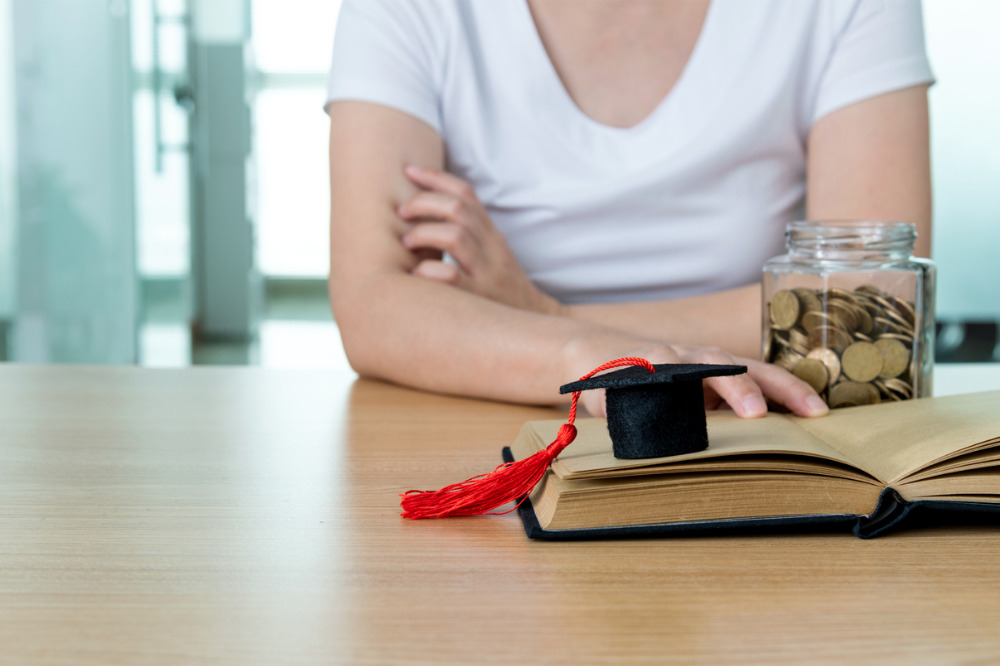
For Australian families, investing in their children’s education is to invest in their future. But with school fees and associated costs increasing every year, this can put a huge strain on mum and dad.
And when it comes to the cost of schooling, the type of school makes a big difference.
According to the latest figures, the national average total cost of a public school education in Australia if a child goes to school from age 5–16 is $68,613. A 2018 report by the Australian Scholarships Group estimated that for a child born in 2018, the cost for a private education from Grade 1 to 12 in metropolitan Australia is over $475,000.
“Many parents start considering schools for their children even before they are born, Alex Jamieson, founder and CEO of AJ Financial Planning, told The Educator.
“Regardless of which schools your children attend, the rising costs of education mean that you need to be wise about how to save and pay for them.”
Below, Jamieson shares 7 ways that families can save for rising school fees.
Start saving early
“One of the best things you can do is to start planning early. If you receive any financial gifts when your child is born, start a savings account immediately so that you can enjoy the effects of compound interest,” Jamieson said.
“As and when you can, top up the account with tax returns, bonuses or any extra cash. If you set savings goals, then you’re more likely to reach your financial targets by your specified dates.”
Make birthdays count
“While gift-giving for children is part of life, think about making birthdays really count,” Jamieson added.
“Talk to your family and relatives about splitting the cost of birthday and Christmas gifts into presents and a financial contribution towards the child’s education, which will be placed into the education savings account. This way everyone around you can help to build the education fund.”
Payment plans
“Compare the costs of borrowing to pay fees. For example, EdStart is an education payment provider in Australia that provides payment plans to suit your budget. Their twelve-month payment plan has a three percent transaction fee, while extended payment loans enable repayments for up
to five years after a student has left school, and range from 5.9 percent to 12.9 percent,” Jamieson explained.
Avoid debt traps
“Credit cards offer you convenience, but they can quickly become a debt trap if you are not careful. A study by SocietyOne found that as many as 750,000 Aussie parents are swiping their credit cards to pay for school fees; and that 20 percent of parents regretted putting school fees on their credit card,” Jamieson added.
“Interest and excess fees can really impact you in the long term, so you need to be wary. If you can’t pay off the balance in full, then you must try to pay off as much as possible to avoid accumulating debt,” advised Jamieson.
Scholarships and grants
“Many schools, organisations and community groups offer scholarships and grants to support families to enrol their child/children into school,” Jamieson continued.
“There are many different types of support across the community. Individual schools also offer them too. If your situation is unique or falls within the scope of specific parameters, you may be eligible for concessionalised school fees, financial support or free schooling.”
Find ways to save on costs
According to Jamieson, families can also save on expenses by seeking out second-hand items including uniforms and purchasing items in bulk with other families. Online parents forums are good places to visit to garner information about ways to save and find second-hand items.
Rising cost of education in Australia
In the case of private school fees, these have been increasing at a higher rate than the inflation rate. According to the Australian Bureau of Statistics, household spending on education increased by 43.5 percent between 2009-2010 to 2015-2016.
“It’s no wonder that families are buckling under the financial strain. And when you add up all the extras like uniforms and extracurricular activities, those dollars stack up really, really fast,” Jamieson added.
“Every parent wants to give their kids the best start in life. For many, this means sending their kids to a private school, which, as we know, can be really pricey. For most families, this will mean a good deal of hard work, planning and sacrifice.”


